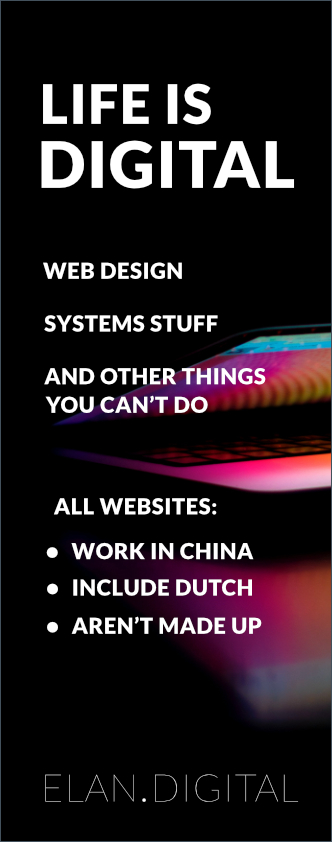
Grammar for Process Diagrams – Part Five
While it is difficult to use a variety of tenses when describing a process diagram, it is not impossible. This lesson looks at how to use the present perfect and also future tenses.
Present Perfect
In the model essays, the opening sentence of the second main paragraph always uses a simple structure:
Now that + subject + present perfect (has/have + past participle)
This structure will improve cohesion and grammar scores as it shows a different tense while also connecting the second detail paragraph to the first. The sentence refers back to last stage completed in the process. Below are three examples from the model essays:
Now that the bricks have been cut and stored in crates, they are ready for the fourth stage of the process: drying.
Now that much of the dirt has been removed, the water is pumped into a third cleaning tank that contains three levels of filtration.
Now that the worm has grown significantly, it needs to moult one more time.
‘Now that’ can be replaced by ‘once’ or ‘after’ and used within a paragraph:
Once the bricks have dried for up to one week, they will be placed in a firing kiln.
This structure can be used anywhere in the essay, but as previously mentioned, it works very well at the beginning of the second detail paragraph.
Future tenses
In general, the majority of process diagram descriptions should be in the present simple or present passive. However, it is possible to use the future simple or future perfect occasionally.
The future tense works well in combination with a present perfect (see above), or as the closing sentence in an essay.
Finally the process is completed and the purified water will be pumped into homes.
It is now ready to lay eggs and the process will begin again.
The process will then begin again.
(note: will + be + past participle is the future passive)
Remember, examiners will look for a range of grammatical forms as part of the scoring system. Become comfortable with the tenses and voices mentioned above.


